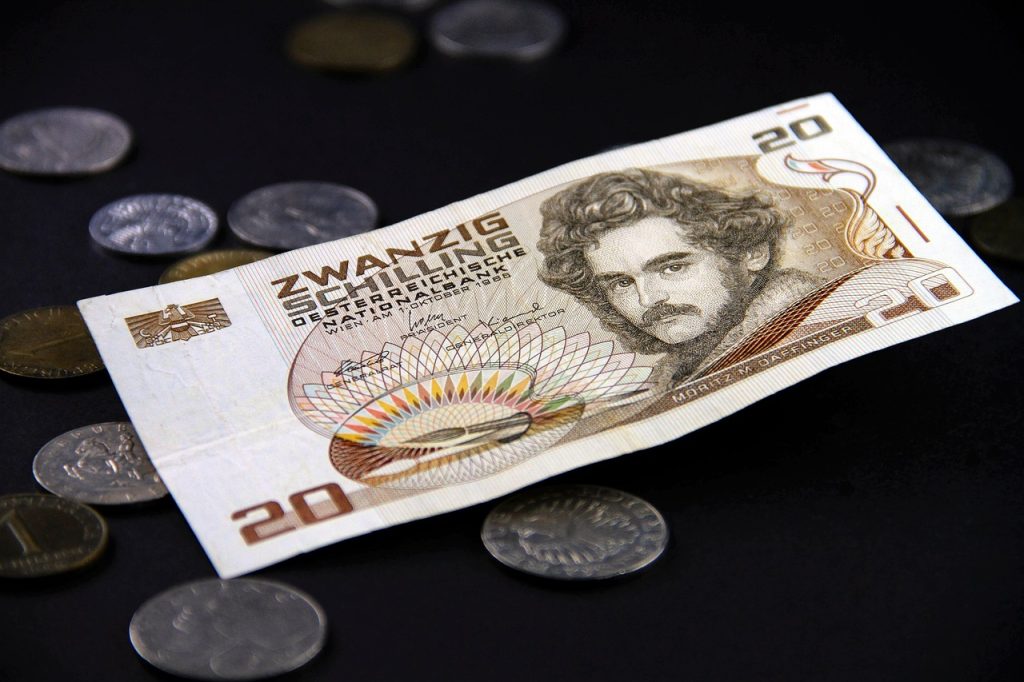Hashtags have long been integral to social networks like Facebook, Twitter, and Instagram. They help to categorize content and make it easier to find. In this article, you will learn how hashtags work, why they are important, and how to use them effectively.
So-called hashtags, i.e., words or a string of characters preceded by a double cross (#), are now ubiquitous in social networks such as Facebook, Twitter, and Google+, and it is almost impossible to imagine life without them. Hashtags became known through the microblogging service Twitter, but they can now be found on other social networks.
Hashtags can also be used on the image networks Instagram and Pinterest, and Facebook is also trying to establish hashtags in the feed. But what is a hashtag, and what does it mean? Chris Messina, a lawyer and internet activist, introduced hashtags in August 2007.
What is a hashtag: meaning and definition
A hashtag is a keyword preceded by a double cross (#).
・“Hashtag” is a combination of the two words “hash ‘ and ’tag”.
・“Hash” stands for the English term for the double cross (#)
・“Tag” is the term for a keyword.
Simply put, a hashtag is a keyword marked with a hash symbol that gives a post or tweet a thematic assignment. This form of keywording can be used within the body text or as a single word. If you click on the keyword, you will be redirected to posts with the same hashtag.
If you use a hashtag in a tweet or a post on Facebook or Google+, this post will be made available for the keyword search. Your post can then be found when the term is searched for.
Hashtags such as #GIGA are typical examples of how they are used on the internet. On Twitter, they help to identify current topics and trends quickly. The microblogging service has set up the “Trends” section for this purpose, which can be searched globally and regionally.
Current and controversial topics are quickly given their own tweet, often based on the assessment of the Twitter community. Twitter trends make it easy to see which topics users discuss most intensively. For example, the hashtag #tatort is often among the most mentioned on Sunday evenings.
Hashtags for soccer matches or other sporting events are also popular.
Hashtags: rather unpopular on Facebook
If you click on such a hashtag, you will be taken to the topic overview page, which lists the current posts for the keyword in chronological order. All posts and tweets that have also been tagged with the hashtag can be found in such a timeline.
This makes it easier for people to find posts on topics that interest them. If hashtags are very popular on Twitter and quickly identify popular topics, they are also used on Google+.
They can also be used on Facebook, although they are not particularly popular there, and the added value when searching for a hashtag is, therefore, not particularly high. The situation is completely different on Facebook’s Instagram: On Twitter, hashtags are also used here to categorize images and show interested parties posts about food with #instafood, self-portraits with #selfie, and sunrises with #sunrise.
How do I use hashtags?
You must add a hash to the desired keyword to use a hashtag. An example would be #Germany. The respective network will recognize the keyword from the hashtag and activate it as a link in the published post. If the hashtag is not just an abbreviation but consists of several words, separate the words with underscores (_) so that the phrase remains legible.
Spaces are not allowed in hashtags. When it comes to important events or current topics, choosing the most frequently used hashtag is important. Many event organizers and media outlets now set official hashtags to make searching easier. The relevant hashtag is often displayed in the top corner of the screen during TV broadcasts.
Hashtags: also important for your own categorization
Hashtags can be used to categorize major events and TV shows and assign private collections of tweets, photos, and other posts to a topic. For example, if your Twitter followers want to browse through your food posts, you can tag them with your own hashtag, such as #username_eats. You can also search posts on Instagram for hashtags.
Another advantage of this tagging is that you can browse through your own posts afterward and create a well-categorized archive in a few simple steps.
- source: giga.de/picture: Image by GraphicsSC from Pixabay
This post has already been read 9313 times!



